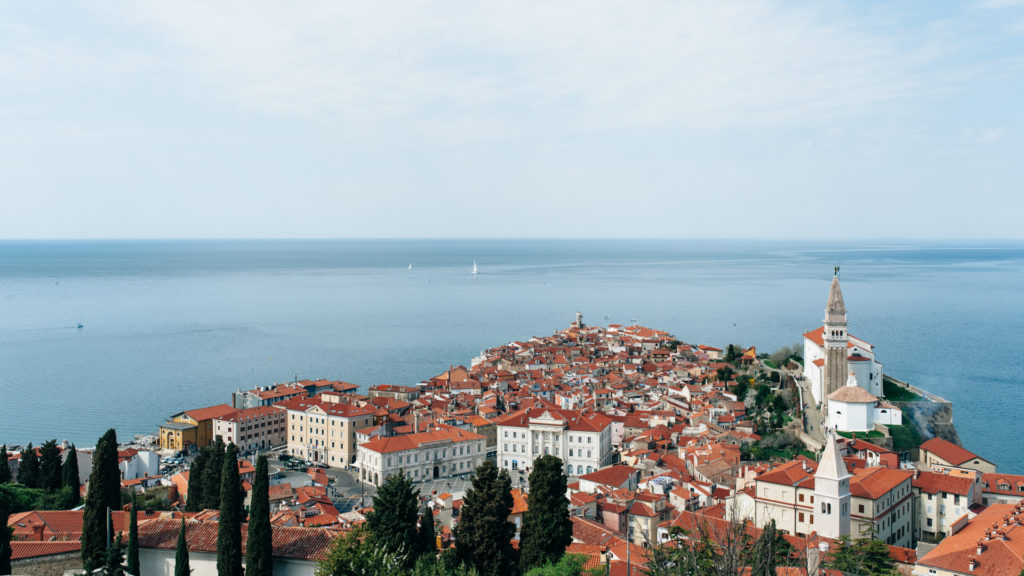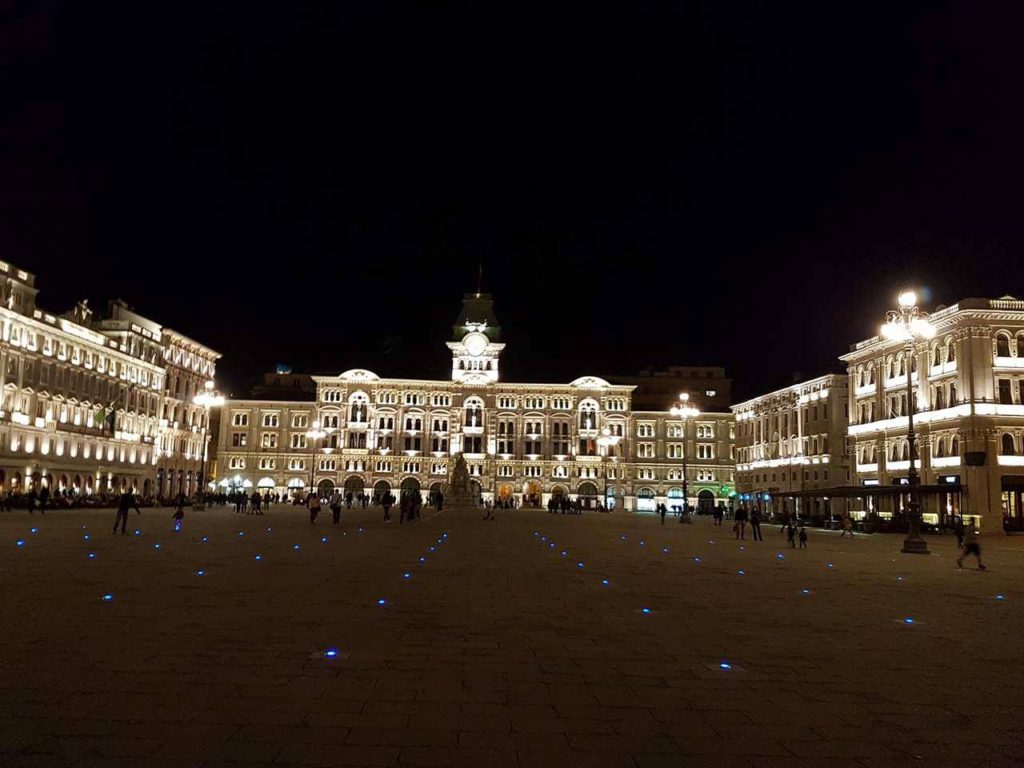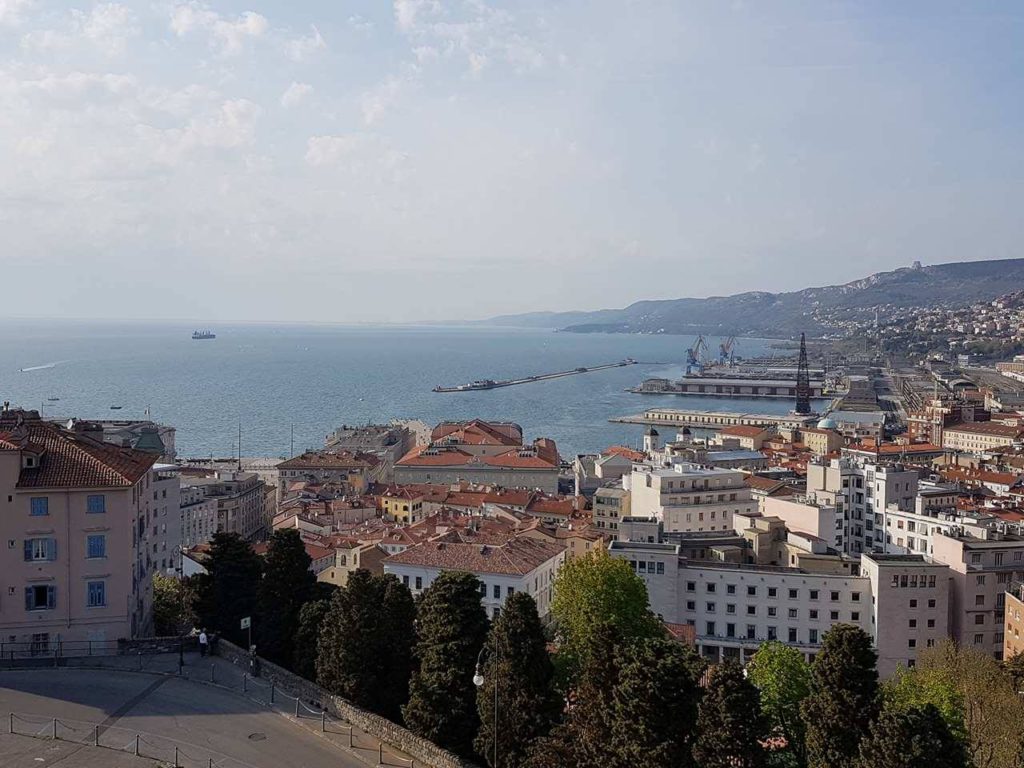Go hiking in the high mountains in the morning, have lunch in the hills and put your feet up on the beach in the afternoon. Or would you prefer extensive cycle tours through the vast plains? Impossible? Not in the Alps-Adriatic region! When travelling through Europe, a continent that is already so diverse and often changes its appearance completely within a few hundred kilometres, this region in the heart of the continent stands out in particular. Because here we are not talking about hundreds of kilometres, but often only fifty, which often make you think you are in a completely different world. The Alps-Adriatic region is unique in Europe, nowhere else is there so much diversity in such a small area, both in terms of landscape and culture. Where exactly the borders of the region lie is not so easy to say and is a matter of definition. The following is basically assumed for the Alps-Adriatic region: Slovenia, parts of Croatia (Istria, the area around Rijeka, Karlovac and north-west Croatia (Zagreb, Varazdin), the Austrian federal states of Carinthia, Styria and southern and central Burgenland, the westernmost parts of Hungary and the Italian regions of Friuli Venezia Giulia and Veneto.

The region is located south of the main Alpine ridge, which promises more stable, often sunnier and warmer weather than in northern Austria, for example. In general, it is a region of transition between Central Europe, South-East Europe and Southern Europe. You can feel the influences from all these parts everywhere, but nowhere is there a “pure form” of it. It is precisely this mixture that makes the region so exciting. Today, the region is shared by Austria, Italy, Slovenia, Croatia and Hungary, but the region is united by a common, thousand-year-old history that is still reflected in its people, culture and language today. Illyrians, Celts, Romans – the early history of the region did not recognise today’s borders and therefore left its mark everywhere. It was similar in the Middle Ages and in modern times, when various princes ruled over the region and finally the Habsburgs, who had a particularly strong influence on the region.
But what makes the region so special? It is the feeling of being able to understand the diversity of Europe in terms of both culture and landscape. The Alpe-Adria region is “Europe in miniature” with climatic zones ranging from high alpine to Mediterranean. High alpine landscapes characterise the Hohe Tauern in the north-west of the region, towards central Carinthia it becomes much milder and here unique lakes invite you to swim in summer. In Styria/Stajerska, which is located in both Austria and Slovenia, good wines thrive and the far-reaching views over the vineyards give you the feeling of being in Tuscany. Further east, soft hilly landscapes characterise western Hungary and Burgenland. In north-east Croatia, cities such as Zagreb or Varazdin and low mountain ranges that invite you to go hiking are well worth a visit. The country changes dramatically as you head from the Slovenian capital Ljubljana, which is well worth seeing, towards the coast: the karstic plateaus, some of which are densely forested, suddenly break away to make way for a completely different climate: olives, palm trees, fruit trees and Mediterranean plants characterise the coasts of Istria and the Kvarner Bay. And finally, on the coast there are imposing cliffs, such as at Duino, lovely lagoons and wide sandy beaches, such as in Lignano, Bibione or Jesolo. There are less than 200 kilometres between the high mountains and the sandy beach: Welcome to the Alpe-Adria region.
But it is not just its landscape, it is its culture, which is based on the shared history of many centuries, that makes the region so special and diverse. The shared history can be found in place names, specialities and above all in the mentality. Cities such as Graz have a Slavic past (Gradec, the Slovenian name does not stand for grad for nothing, which means castle and town in Slavic), polenta is a traditional dish in both Friuli and Carinthia and many dialect words in all languages are influenced by the other. Hungarian, Slovenian, German, Croatian, Italian, Friulian – the linguistic diversity is enormous. The many ethnic groups, the many languages and the traditional, historically determined mixing of the population led to particularly painful events in the 20th century, the consequences of which are still visible and tangible today. As the rise of nationalism in the 19th century became ever stronger, this particularly affected the Alps-Adriatic region, which lies precisely on several fault lines. Suddenly it became important to be Slovenian or Austrian and the language – which had absorbed many elements of the other in this region – became an object of division.
The climax was the First World War, which struck the region with full force: Thousands of soldiers died on the Isonzo Front, and many monuments commemorate this “primal catastrophe” of the 20th century, which brought new borders to the region.
The borders went right through towns, such as between Gorizia and Nova Gorica, separated entire families from each other and caused numerous conflicts, such as in Lower Carinthia. The Alps-Adriatic region is an area in which the concept of the nation state could not simply be realised 1:1. Minorities, linguistic peculiarities, centuries of cross-border contacts and family relationships made it difficult for the authoritarian rulers to realise their nationalist goals. Nevertheless, numerous mass resettlements of people followed, for example in Istria, which exacerbated the suffering in addition to the soldiers who had already died in the interwar period and even after the Second World War. It is precisely at these fault lines that the importance of a common Europe becomes visible. When you stand at the monuments to the fallen soldiers, which can be found in abundance throughout the region, you really realise the dimension of this idea.

Trieste: The city that does not want to be categorised
It is very important for the Alps-Adriatic region and its inhabitants not to forget the past and yet to look positively to the future. Nationalistic perspectives should not obscure the fact that the region has shared history for centuries and that it was only nationalism in the 20th century that destroyed much of the plurality. Nevertheless, minorities in all countries bear witness to the fact that the region has always had a mixed population. The region has benefited from the EU more than almost any other and there is a growing awareness among the population that they are part of a region. There is a shopping centre that promises “shopping senza confini”, cross-border cooperation, an Alpe-Adria cycle path and many conflicts, such as those surrounding the bilingual place name signs in Carinthia, have been resolved – despite the voices of some diehards who are still waging their “defensive battle” against their own history.
The common currency of the euro for all countries (except Hungary) and the Schengen Agreement are not just political actions here, but are visible in everyday life. You can jet between Ljubljana and Trieste in an hour on the new motorways, pay for shopping in Koper and dinner in Trieste in the same currency and enjoy free travel across the formerly heavily controlled borders. Trieste, which lost its hinterland in 1918 and was a city on the edge of Italy in the 20th century, was thus able to regain its old role as a city that is not Central European, not Austrian, not Italian and not Slovenian. Trieste is a little bit of everything, a city full of contradictions and facets that even the locals often don’t fully recognise. Trieste is THE city of the Alps-Adriatic region. The city lies by the sea, but the mountains are always close behind the city, there is goulash and pizza, the town signs around the city are bilingual, Viennese coffee house culture and typical imperial and royal buildings make the Habsburg past unmistakable. Trieste is the capital of the Friuli Venezia Giulia region, a region in which Slovenian, German and Friulian are spoken alongside Italian.
It is a city that cannot be characterised like almost any other. Trieste is unpredictable, refuses to be tamed and categorised into nationalistic patterns, into one-sided thought patterns. And this is particularly noticeable here when watching the sunset on the shore: The Alps-Adriatic region is a region of diversity that not even two world wars could bring to its knees. In terms of both landscape and culture, it is proof that diversity is much more interesting than monotony. One thing is certain: with its landscape and culture, you will never be bored in the heart of Europe, which could send out important impulses for Europe with its diversity.
